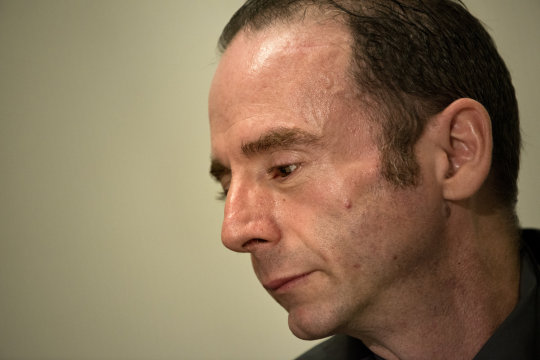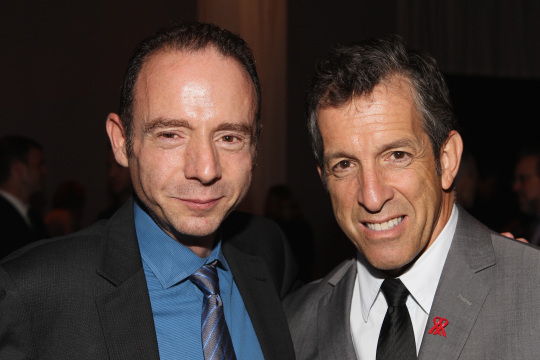by Ryan Jaslow
(CBS News) Two men who’ve had HIV for years may now be free of the disease following bone marrow transplants, researchers at Brigham and Women’s Hospital in Boston announced Thursday.
The new research has some attendees at the XIX International AIDS Conference in Washington, D.C. hopeful for a cure.
Timothy Ray Brown, man thought to be first “cured” of AIDS, says he’s still cured Man “cured” of AIDS: Timothy Ray Brown
Both patients were being treated for cases of cancer. One of the patients underwent a bone marrow transplant two years ago at the Dana-Farber/Brigham and Women’s Cancer Center in Boston, the other had the procedure done four years ago at the same hospital. NBCNews.com reports that one of the patients is in his 50s and has been infected since the early 1980s towards the beginning of the AIDS epidemic and the other man, in his 20s, was infected at birth.
Both stayed on their antiretroviral medication regimens, the standard treatment of HIV, following the transplants.
The researchers discovered that overtime as the patients’ cells were replaced by cells from the donor, evidence of HIV in the patients’ blood tests disappeared. The researchers also said both patients have no signs of HIV in their DNA or RNA and levels of their disease-fighting antibodies have also decreased. The researchers think the medications helped allow these cells to be replaced.
“This gives us some important information,” one of the researchers Dr. Daniel Kuritzkes, an infectious disease specialist at the hospital and Harvard Medical school said in a press release. “It suggests that under the cover of antiretroviral therapy, the cells that repopulated the patient’s immune system appear to be protected from becoming re-infected with HIV.”
The researchers themselves won’t call it a cure yet, saying they still need to check more tissues for traces of the disease. But they were surprised to see no signs of HIV beyond what’s seen in a blood test.
“We expected HIV to vanish from the patients’ plasma, but it is surprising that we can’t find any traces of HIV in their cells,” said co-resarcher Dr. Timothy Henrich, also of BWH and Harvard. “The next step is to determine if there are any traces of HIV in their tissue.”
The researchers’ announcement comes days after Timothy Ray Brown, the man known as the “Berlin Patient,” held a press conference in Washington, D.C., to say he’s still cured of AIDS five years after undergoing a bone marrow blood transplant.
However, the researchers noted differences in their two patients’ treatment compared to that of Brown.
In Brown’s case, his donor was specifically chosen because he possessed a genetic mutation that’s found in one person of Caucasian people that makes them resistant to developing HIV. But the donors for the two Boston patient were selected at random. Additionally, Brown had stopped taking his antiretroviral medications following his transplant, while the Boston patients have stayed on the drugs.
Traces of HIV have been found in Brown’s tissues, causing some to say the virus had returned, but he denied that at his press conference, saying those are merely dead remnants of the virus still in his body.
“We can’t say we’ve replicated the Berlin patient’s cure at this point because our patients remain on antiretroviral therapy,” Kuritzkes told NPR. He did add to the station that it’s “entirely possible” the two patients will remain disease-free.
Dr. Steven Deeks, an HIV researcher at the University of California, San Francisco, told The Washington Post, “Today might be considered a day when the research agenda moves from basic science and the lab into the clinic,” adding that “it is an absolutely critical advancement.”
Not all experts were impressed. Dr. Jay Levy, another HIV researcher at UC San Francisco, told The Boston Globe, “The real news would be if they could stop the drugs and not have the virus come back.”














Very important to note than donor bone marrow transplantation is associated with a 40% mortality rate (=on average, 4 in 10 people die of adverse events associated with the transplant). That’s the reason it is reserved for life-saving interventions (people dying of cancer). I’m currently looking at a donor bone marrow transplant because of otherwise terminal cancer, and am considering the odds. This therapy will never be a run of the mill cure for HIV.
Exactly. When he goes off the drugs, that will be world news.